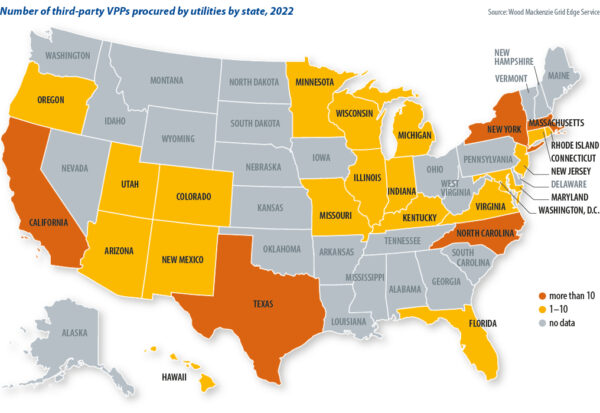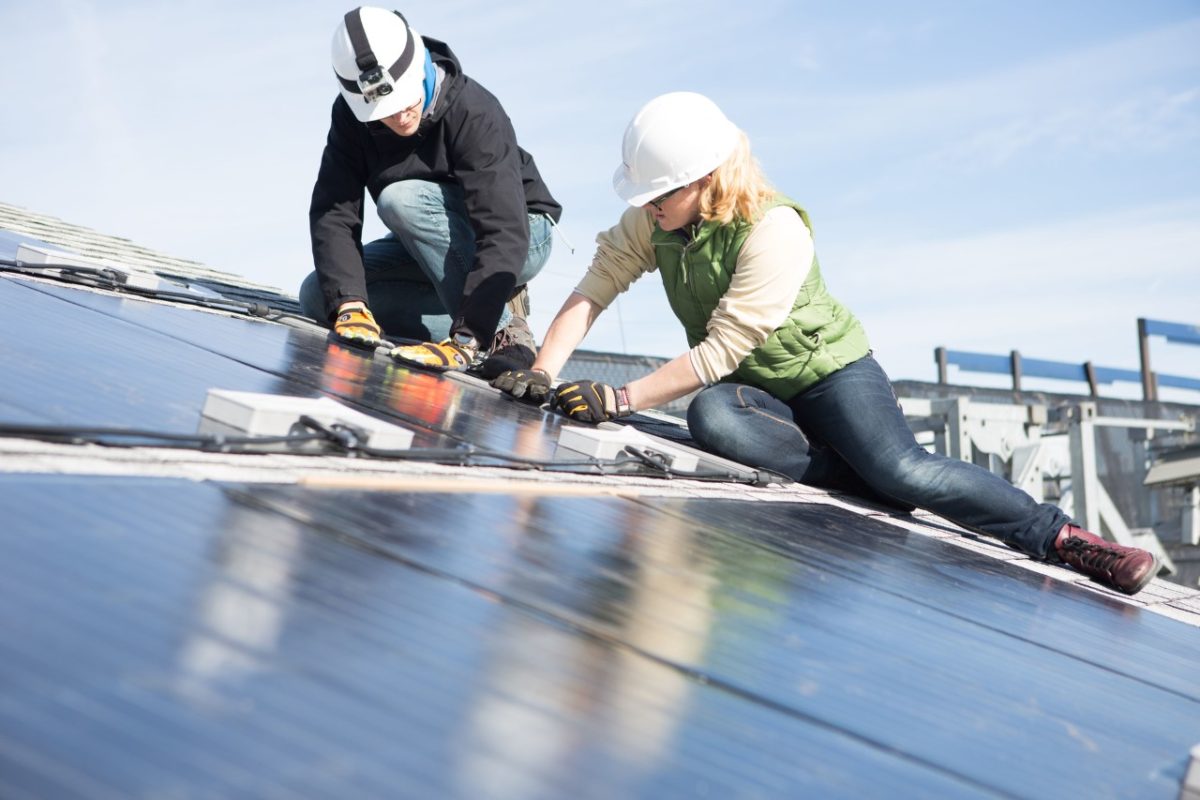pv magazine: What are the benefits of VPPs and why are you pushing them at the DOE?
Jigar Shah: There are two pieces to this. One is that we have been doing demand response and remote control, and virtual power plant-like things for over 30 years. What’s new is that many people have an app on their phone now, to control their EV [electric vehicle] charging, to control their battery system with their solar system, [and] to control their thermostat or water heater. Once you have that level of connectivity, you can actually start to shift loads every day.
How do you envisage this VPP rollout?
What I would say is that I don’t know how this is going to roll out. The appliances are going be purchased, that we all know – because people are going to have to replace old water heaters and HVAC [heating, ventilation and air conditioning] systems on a regular basis. In general, the other piece of this is that utilities need this to happen. They are adding megawatts every week of new load onto their grid and a lot of these loads just can’t be added willy-nilly – allowing people to just turn these loads on when they want to. If they did, it would have far higher costs through adding to the transmission and distribution wires. Utilities are asking for managed [EV or battery] charging and for these types of things. This is much different than 10 years ago, when they were not sure whether it was needed.
Then the question becomes, “how can you best deliver that to them?” You can have aggregators, appliance manufacturers that might decide to have a native app – clearly Tesla has that for their Powerwall services, and others that decide that they want to create an app that serves them all. This third group could have a system that controls not only their equipment but also a smart panel, a water heater and so on. We will see how all of this plays out. We are private sector-led and government enabled.
Taking the smart-home concept, systems are not always open in terms of communication protocols. What can be done to break down that barrier for people looking to provide VPPs?
The DOE has invested heavily in open architecture but in saying that, not everyone has to use it. In general, I think that all of the parties are going to be better served if everyone opts into a similar architecture so that customers can move from provider to provider seamlessly. But also, so that the appliance manufacturers and others can opt into an energy hub more seamlessly. The goal for the DOE is for there to be this open architecture but we’ll see where the marketplace takes us.

Where will the money come from to roll out these VPPs?
Today we already spend $10 billion more a year, on balance, with gas-fired peaker plants. That money is already being spent on variable supply, which we can separately decide to spend on variable demand. It is a simple shift where you are moving away from natural gas peaker plants to demand flexibility. I think that it is important to note that it’s not new money being added to the system but it is money that is being spent inefficiently in one place that we want to spend more efficiently somewhere else. Once that occurs, then you can save additionally on the build out of distribution grids.
One of the biggest cost benefits of rooftop solar is reducing the amount of transmission. Does that also apply here? Can it be distributed throughout the network?
In years past when we’ve had load growth, we have always built more power plants, more distribution, more transmission to meet that growth. That is what we did when air-conditioning came on the scene in the late 1970s, ’80s and ’90s. Today, with all of this new load growth [from electrification and EVs], we are saying that we can add many gigawatts of new generating capacity closer to the load – on people’s rooftops, in the distribution circuits. That then allows us to use our transmission and distribution system more efficiently as we continue to figure out how to decarbonize and meet the [United States] president’s goals by 2035.
How is the DOE’s Loans Programs Office helping to facilitate this?
We’ve staffed our outreach and business development group with some seriously smart people. They’re helping to mentor and help people think all of this stuff through. We have a diversity of applicants from companies that are solar-plus-storage and also others that are building EV charging stations or fleets and so on. We’re helping people to understand the standards required. We want to give people a loan in order to get this decarbonization technology out into the marketplace but we also want to get paid back. We want these companies to be meeting best practice standards and ensuring they can meet the requirements of utilities and others – so they can get the payments and be able to pay us back. Ultimately, our value is to provide up to $100 billion of loan authority to this sector. We are helping them improve their business models, their standards compliance, and to deliver the quality we are seeing.
This content is protected by copyright and may not be reused. If you want to cooperate with us and would like to reuse some of our content, please contact: editors@pv-magazine.com.









By submitting this form you agree to pv magazine using your data for the purposes of publishing your comment.
Your personal data will only be disclosed or otherwise transmitted to third parties for the purposes of spam filtering or if this is necessary for technical maintenance of the website. Any other transfer to third parties will not take place unless this is justified on the basis of applicable data protection regulations or if pv magazine is legally obliged to do so.
You may revoke this consent at any time with effect for the future, in which case your personal data will be deleted immediately. Otherwise, your data will be deleted if pv magazine has processed your request or the purpose of data storage is fulfilled.
Further information on data privacy can be found in our Data Protection Policy.